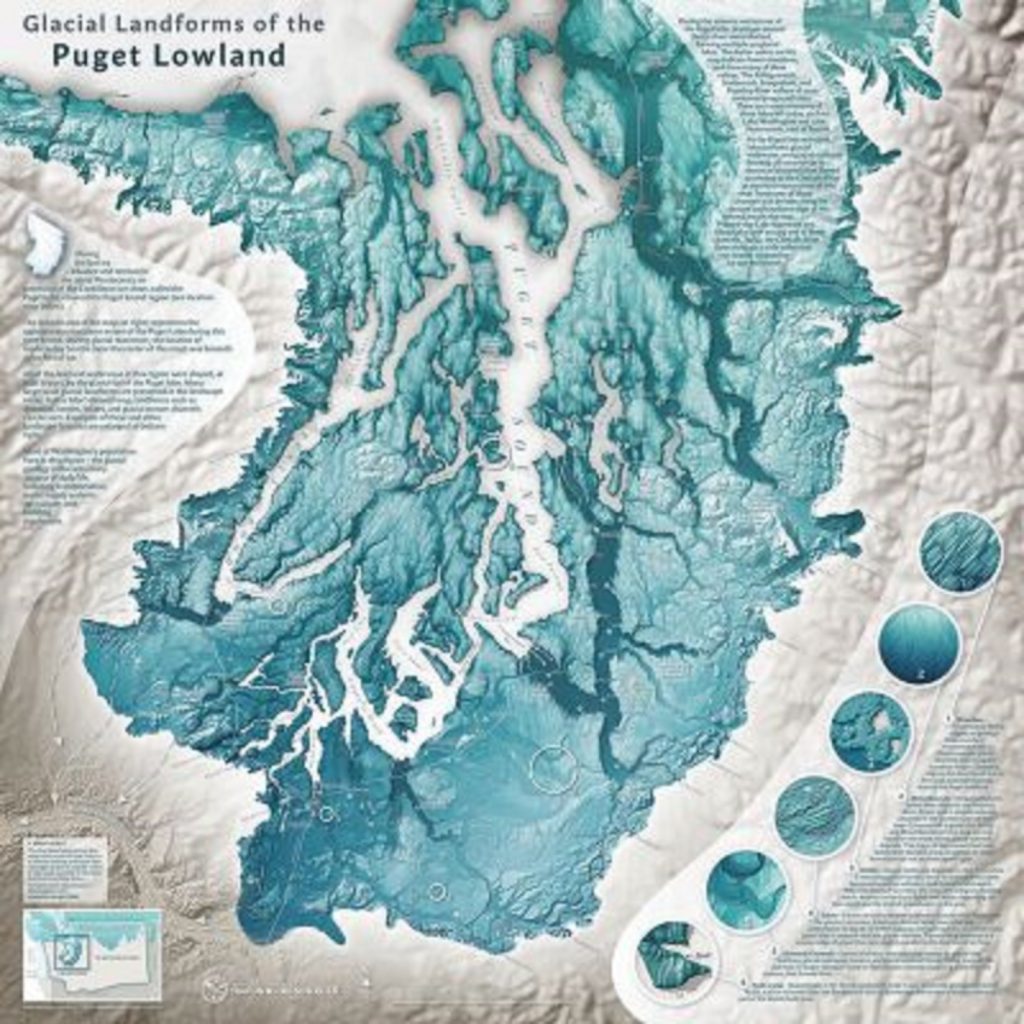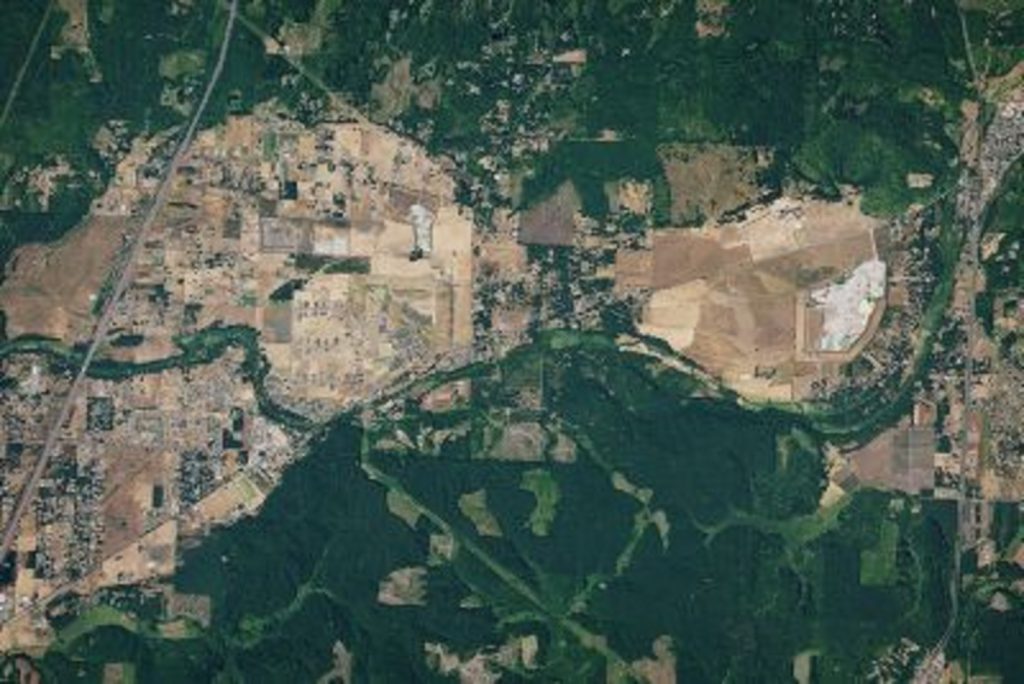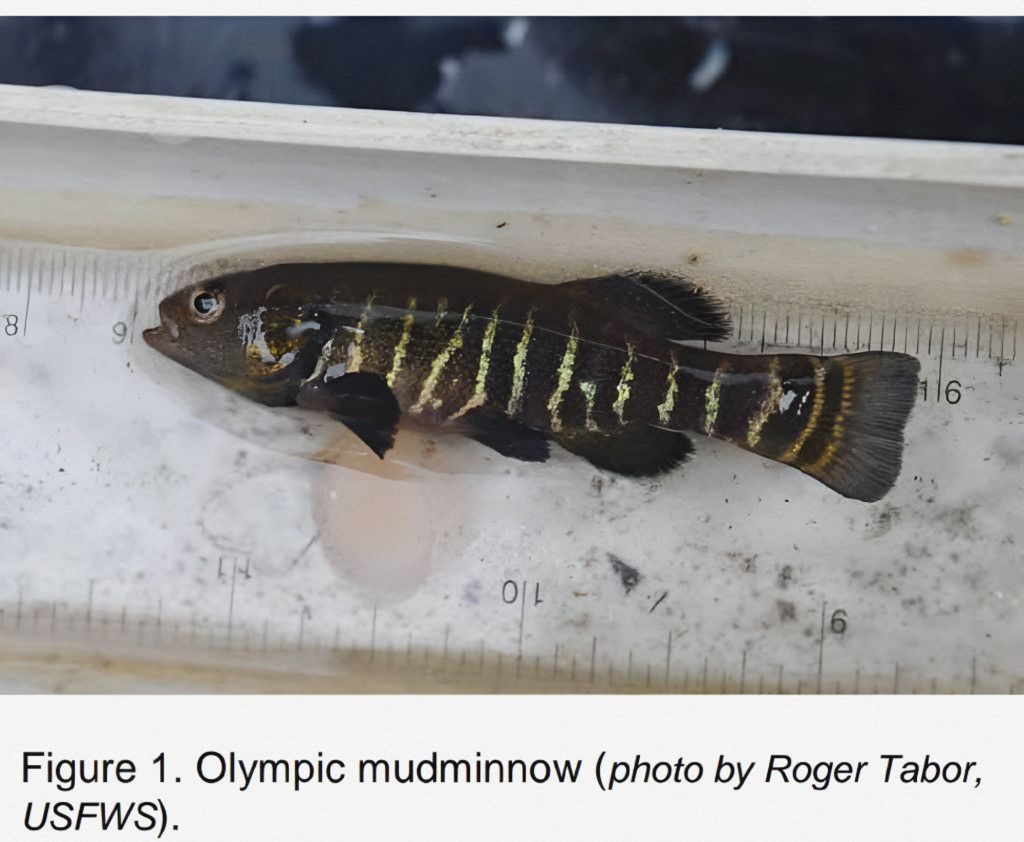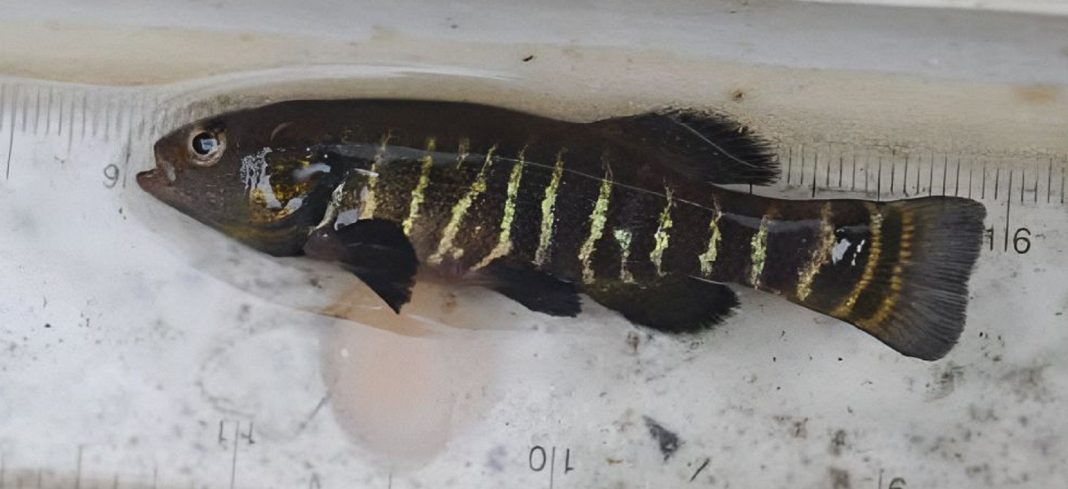The world is cold, covered in ice, and creatures so large they can swallow you whole, but luckily, you are the mudminnow fish living in what’s now known as Lewis County, Washington.
Lewis County’s Ice Age
Just north of the Lewis County border was a giant glacier spanning miles. According to the Washington Geological Survey, “The Puget Lobe was a part of the Cordilleran Ice Sheet that extended into Washington during the last Ice Age. It extended southward into the Puget Lowland region and ended just to the north of Lewis County. During the last Ice Age, the Puget lobe of the Cordilleran Ice Sheet occupied the Puget lowland, blocking many rivers flowing westward out of the Cascade Range. These rivers drained southward around the ice to the Chehalis River Valley.”

As a mudminnow, you live in the Chehalis River in the ice refuge of Lewis County. It’s a spot of land in a world covered in ice, but you are fortunate enough to see the slow end of the ice. The ice slowly melts, causing more fresh water to fill your home and giving you more nutrients as well as nutrients to other creatures. The Lewis County region was like a crater within a world covered in glaciers. These glaciers were monstrous and have left their mark on the land.
Many creatures who would live with you include sabretooth salmon and the lamprey, whose existence predates dinosaurs. Upon the land lived the megafauna, ancient bison and mastodons. While as a mudminnow, you fed on invertebrates, the megafauna would have you for dinner. You are and were a tiny fish in a world of giants and other dangerous creatures sharing your watery home.

The End of Lewis County’s Ice Age
When the glaciers began to melt, more water poured into streams, creating new streams, rivers, and lakes. In fact, you are where you are because it’s where your ancestors followed or were flushed into from the melting of the monstrous glaciers.
You’re a two to three-inch fish while so many creatures could swallow you whole, and yet you have survived to see the melting of the glaciers. Your species has survived for thousands of years, but unfortunately, you’re facing significant challenges due to land use practices. You are and have always been dependent on healthy wetlands.
Before the time of the Euro-American settlement, your prosperous wetlands and streams were far more plentiful. Twenty to 50 percent of your old wetlands have since been lost since the rise of human activity in the area.

Today, you’re safe from natural predators such as the large-mouth bass and other river predators and are highly adaptable to low oxygen levels within the water. Now, your species lives in various locations such as wetlands, slow streams, and even ponds, living a quiet life, staying strong in your survival and feeding on invertebrates.
You also shared and currently share your home with many other amphibians who survived the Ice Age and live today, including the long-toed salamander, northwestern salamander, copes giant salamander, and many more.
The Ice Age was a trying time for you, filled with many challenges and climate shifts, leaving many landmarks that can be seen from the skies today. Shifting and melting of the glaciers carved and reshaped the lands, most likely causing the Lewis County region today to be wetlands. The Ice Age came and went, and you survived, as did many creatures, and you have the strength to survive for many years to come.
From the beginning through the end of the Ice Age, your species are being spread over vast locations of the ice-free zone, causing a massive split in your species numbers.
Life of an Ancient Mudminnow Today
Now, you live in parts of the Chehalis River, Skookumchuck River, and many other waters across Lewis County. The giant species known as humans have vastly changed your homeland, just as the great Ice Age glaciers. You most likely got separated from your family as the ice shifted and melted, causing chaos for all creatures and setting the geographical foundation of the modern day combined with human activity. Fortunately, your species numbers are stable.

As for you, the ancient mudminnow, your numbers are currently stable and living strong. However, you are facing challenges just as other creatures are. You have lived for many thousands of years, and you have the strength to live for several more thousands of years. Keep at it, little fish and know that you are known and looked after very well.












































